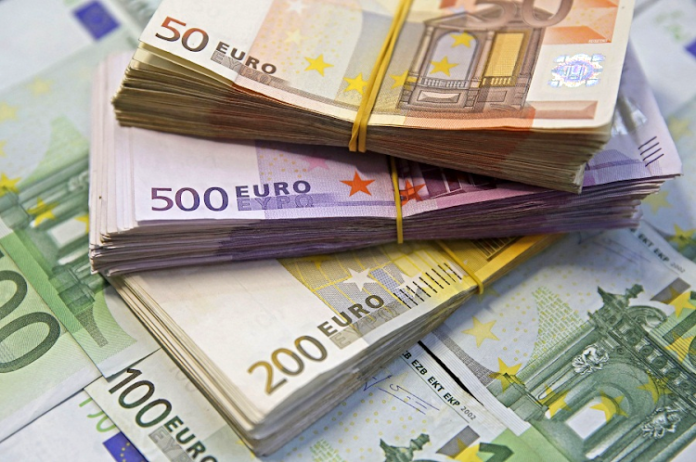The euro fell on Tuesday as investors waited for a sentiment reading of Germany’s economy, although the prospect of more central bank easing starting with the Federal Reserve later this month kept currency moves limited.
The single currency stood at US$1.1251 in early London trading, down slightly on the day.
Foreign exchange markets have been notably quiet in recent weeks, with investors focused on economic data releases to decide when and by how much central banks will seek to stimulate their economies.
Volatility in currency markets has plummeted in recent weeks, according to the Deutsche Bank Currency Volatility Index.
Markets expect the Federal Reserve to cut rates later in July, but the dollar has held its own. The dollar index was up 0.1 percent at 97.035, a fair way from its June lows of 95.843.
Commerzbank analysts said they expected the dollar exchange-rate reaction to the US data to be modest. It would only strengthen once Fed officials confirmed its direction, they said.
Sterling was back on the ropes, falling below US$1.25 as Brexit and economy concerns weigh ahead of British labour market date for the month of June due at 0930 GMT.
The yen dropped 0.1 percent to 108.05 yen per dollar.
The U.S. currency rose to a six-week high of 108.990 yen last week but slid after Federal Reserve Chairman Jerome Powell set the stage for a rate cut later this month by highlighting uncertainties facing the world’s largest economy.
The dollar lost further ground against the yen towards the end of last week after Chicago Fed President Charles Evans said on Friday that “a couple” of rate cuts were needed to boost inflation.
The yen, a safe haven, has often depreciated when stronger investor risk appetite has boosted equities. But the correlation has weakened in the face of falling U.S. yields, which has seen the 10-year yield decline to near three-year lows this month amid looming easing by the Fed.


